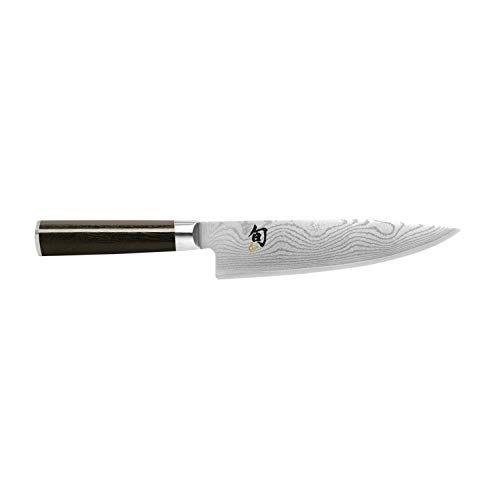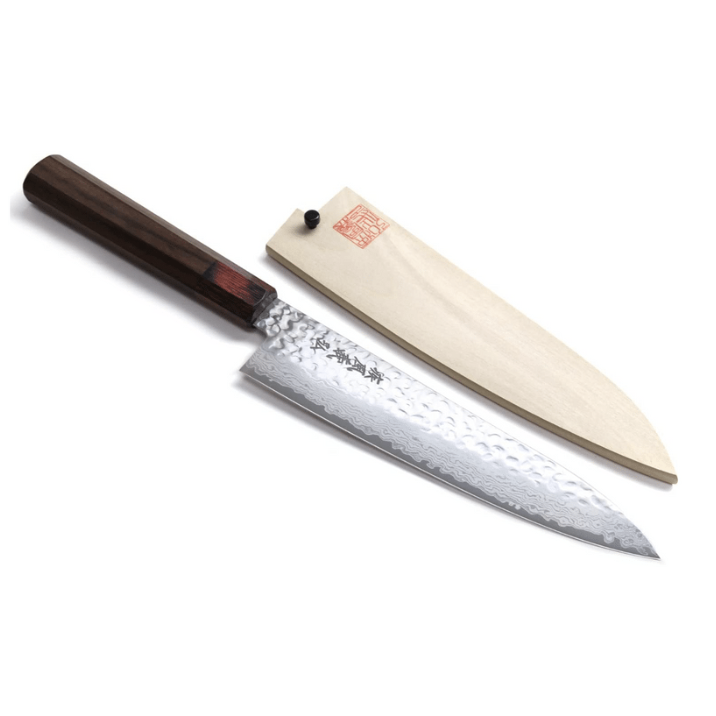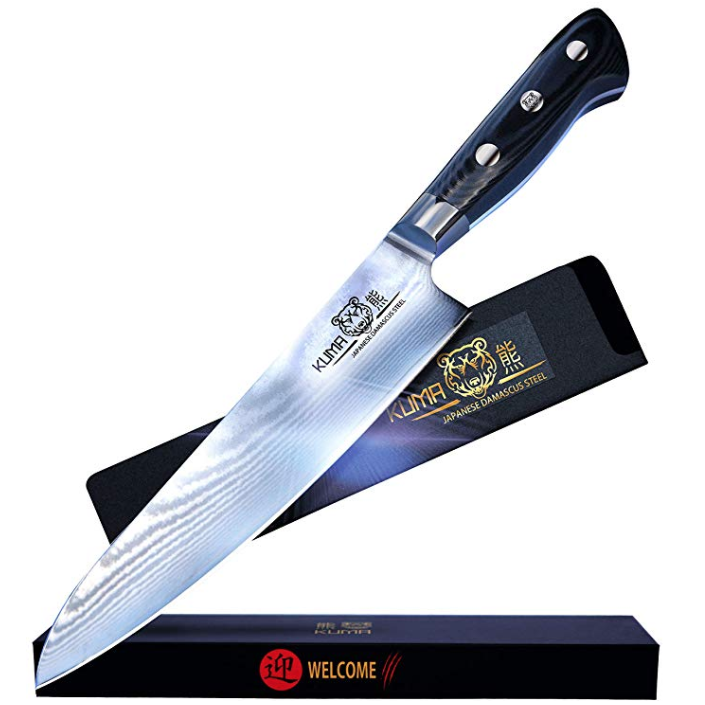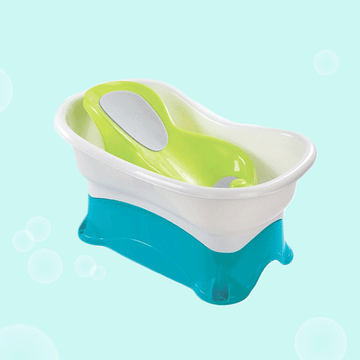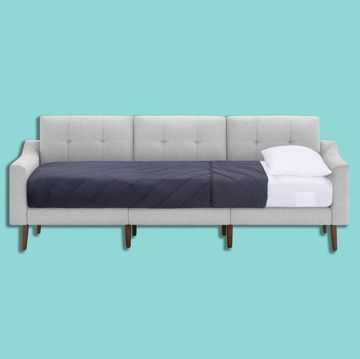We've been independently researching and testing products for over 120 years. If you buy through our links, we may earn a commission. Learn more about our review process.
6 Best Japanese Knives, Reviewed by Kitchen Pros
From the finest blades to the sturdiest knives for every food.
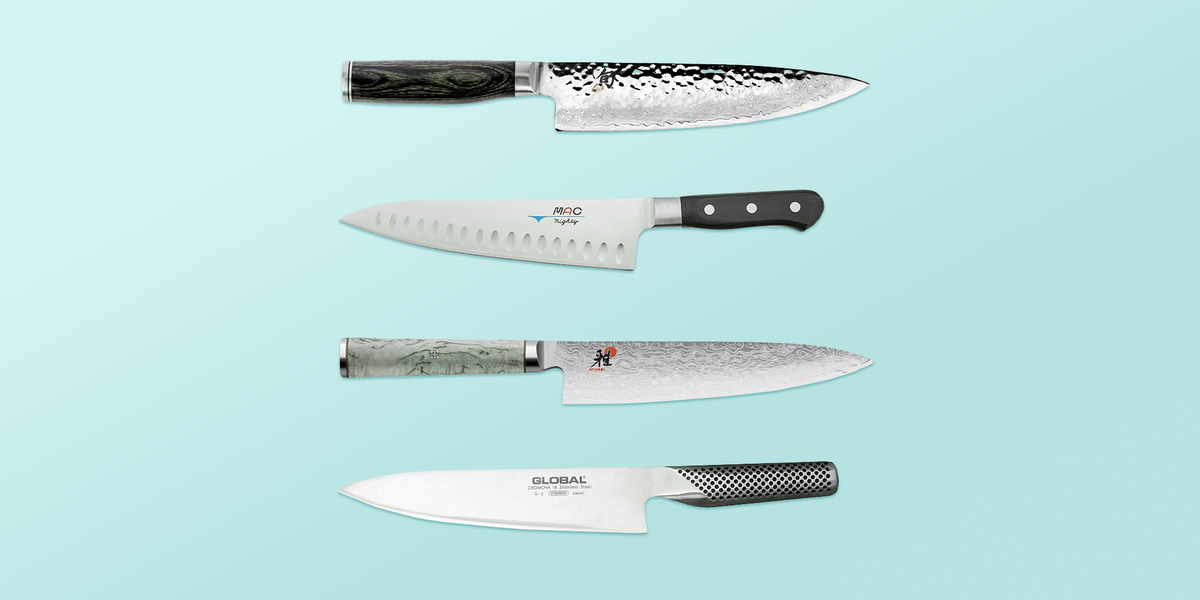
We carefully reviewed this article in June 2023 and stand by our top-rated picks.
Japanese knives are coveted for their beautiful and detailed design, as well as the cuts they produce. Unlike German knives, which are typically heavy and sometimes bulky, Japanese knives are generally thinner, sharper and delicate, and they can be prone to breaking if you don't take care of them properly — not ideal for the clumsy chef. German knives are better suited for heavy-duty tasks like breaking down chicken, while Japanese knives allow for thin, precise cuts and gorgeous presentation. This doesn’t mean that German knives can't execute stunning presentation and thin cuts, or that Japanese knives can't break down chicken, just that delicate knife work is where Japanese knives really shine.
Vincent Lau, the sole knife sharpener at Korin, a Japanese knife store in lower Manhattan, says the reason Japanese knives have become so popular around the world is for the very reason they're integral in Japanese cuisine: to enhance and preserve the ingredients, as well as accentuate the flavor of the dish.
In the Good Housekeeping Institute Kitchen Appliances & Innovation Lab, we have a century-long history of testing kitchen essentials, including bread knives, kitchen knives, electric knives, butcher knives and more. We test by cutting a variety of foods, such as whole rotisserie chickens, hard carrots, fibrous celery, slippery onions, sticky cheese and soft tomatoes, to assess the knives' sharpness and comfort, as well as the grip. Here are the best Japanese knives you can buy, based on a combination of testing and pro picks.
Our top picks:
At the end of this article, you'll find more information about how we tested Japanese knives, plus a guide to everything you need to know about how to shop for yourself — or a new, burgeoning home cook. If you're looking for more on knives, check out our guide to sharpening a kitchen knife like a pro and where to get the best cutting boards and fish fillet knives.
Nicole (she/her) is the director of the Good Housekeeping Institute's Kitchen Appliances and Innovation Lab, where she has overseen content and testing related to kitchen and cooking appliances, tools and gear since 2019. She’s an experienced product tester and recipe creator, trained in classic culinary arts and culinary nutrition. She has worked in test kitchens for small kitchen appliance brands and national magazines, including Family Circle and Ladies’ Home Journal.
Abigail (she/her) covers everything from kitchen gear to mattresses and smart blinds for the Institute, as well as assisting the General Manager in any number of projects. She graduated from Louisiana State University with a B.A. in creative writing, as well as earning her M.S. in publishing digital and print media from New York University. Before GH, she worked at LSU Press and The Southern Review literary magazine. In her free time you can find her quilting, cross-stitching or trying to figure out how to squeeze one more bookshelf in her tiny apartment.
Watch Next


The Best Window Air Conditioners for Your Home
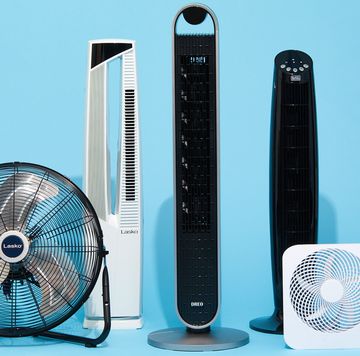
9 Best Fans of 2023 to Cool Your Whole Home

4 Best Car Buffers of 2023
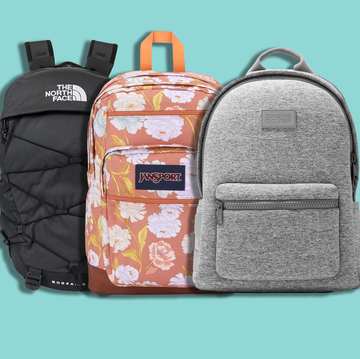
21 Best College Backpacks of 2023
